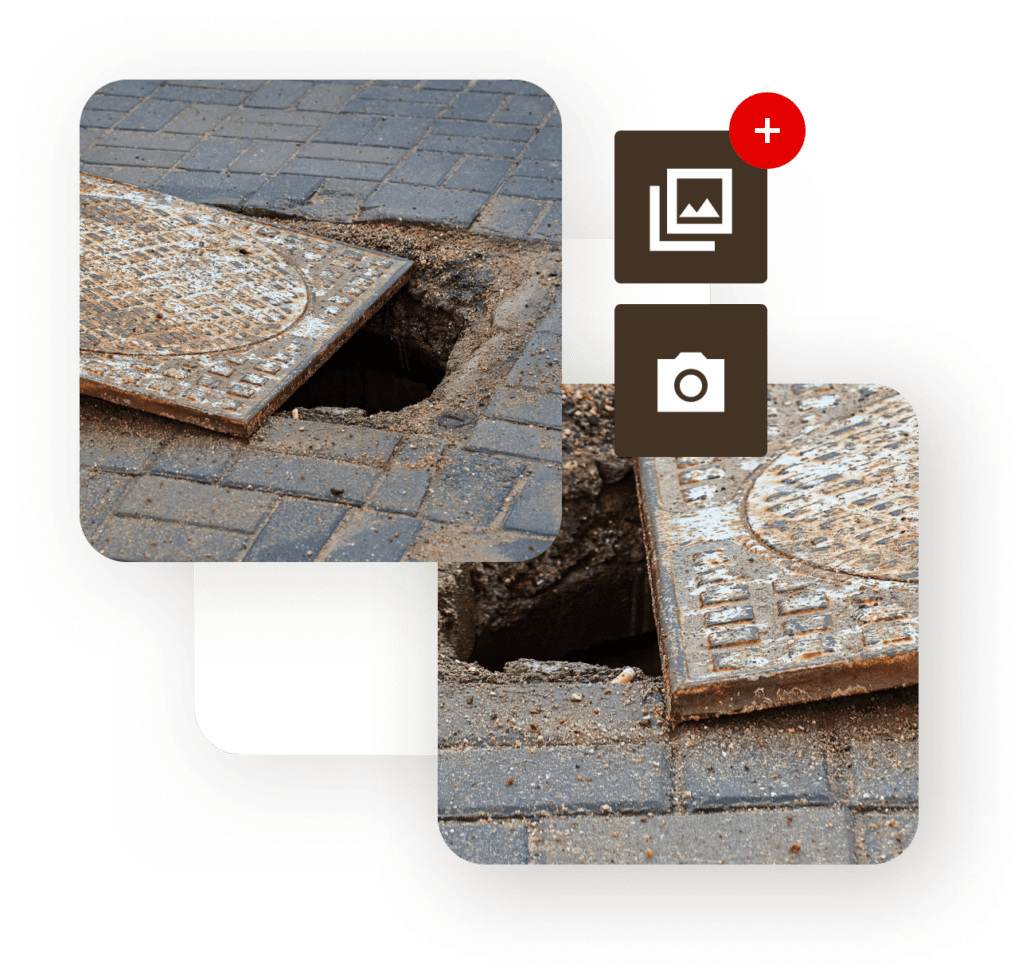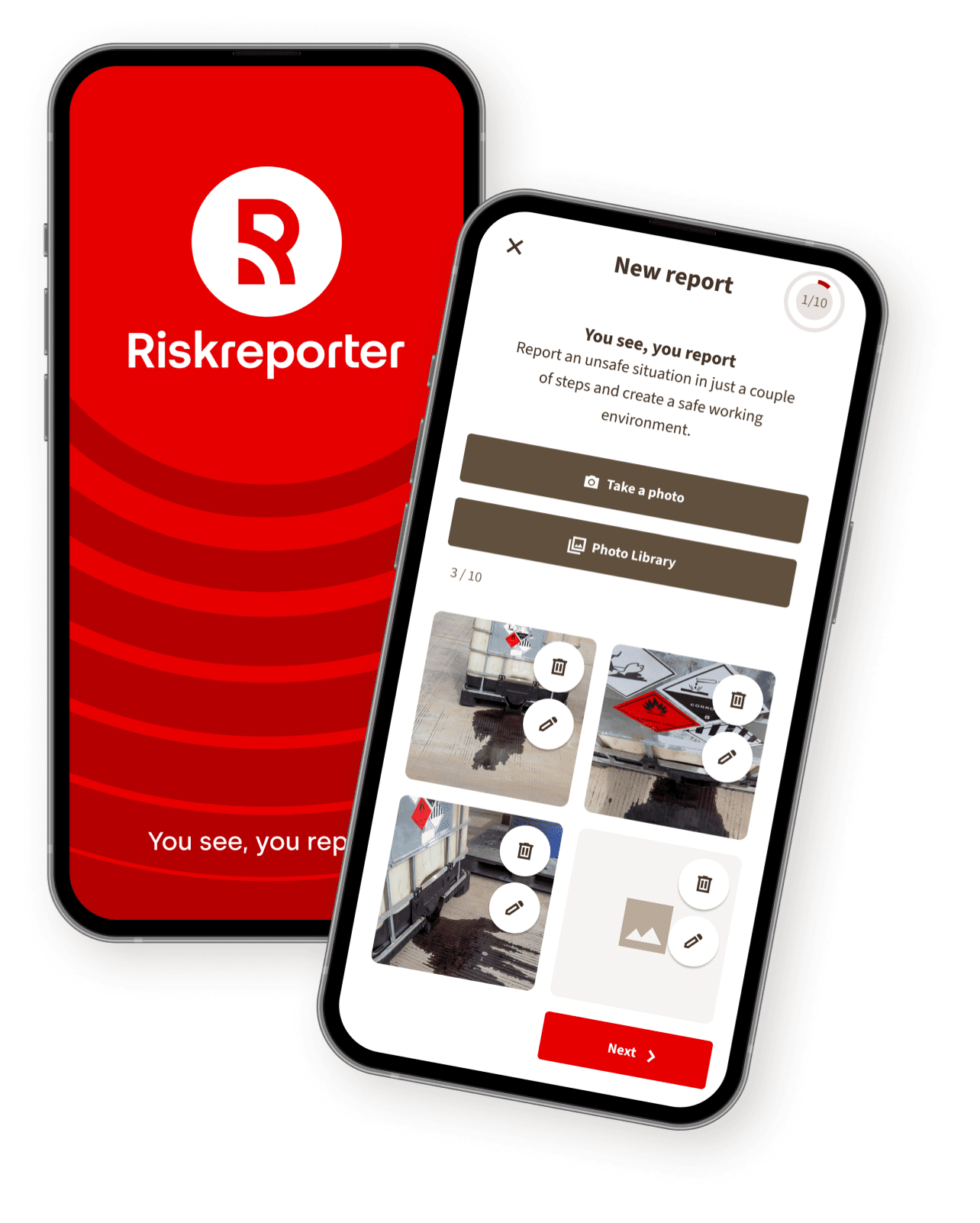Reducing Workplace Risks?
Here’s how to make your workplace safer and more productive.
As an HSE manager or prevention advisor, you know how vital workplace safety is. Still, in practice, it’s often a challenge to keep the topic consistently on the agenda. Yet you also know: a safe work environment not only protects your employees—it directly supports the productivity and continuity of your organization.
And that’s exactly where you can make a real impact. By systematically addressing occupational risks, you’re not just working toward fewer incidents and workplace accidents—you’re building an environment where employees can perform at their best.




